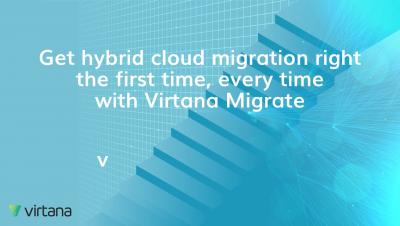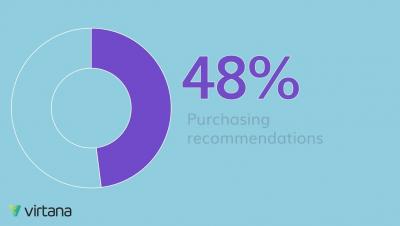Operations | Monitoring | ITSM | DevOps | Cloud
Virtana
4 Cloud Monitoring Capabilities That Really Matter
9 Signs Your Cloud Readiness Isn't What It Needs to Be
5 Ways to Get Valuable Insight From Your AWS Bill
The 7 Steps to Creating and Refining a Cloud Migration Strategy
Is your cloud cost report missing critical information?
The 7 Steps to Creating and Refining a Cloud Migration Strategy
For a successful cloud migration, creating (and later refining), a cloud migration strategy tailored to your organization’s goals, available resources, workloads, and priorities is an absolute necessity. So here, we’ll take a look at a simple list of the areas you’ll need to quantify and understand to build that strategy and then improve it as you move forward through the cloud migration process.
FinOps: An Idea Whose Time Has Come
If you are involved in the public cloud world, you have probably heard the term FinOps thrown around, but do you know what it means? More importantly, can your organization execute on a FinOps approach to benefit from its promise to bring financial accountability to cloud spend?
There's No Such Thing as an Average Workload
When you’re planning to move a workload to the cloud, whether public or private, you need to select the best instance size and volume types to meet your needs. Sounds obvious, but the process is anything but.
Improve Your CMDB for Business Outcomes with Application Dependency Mapping
A configuration management database (CMBD) is a centralized repository that stores information about all the significant entities in your IT environment. These can include your hardware, installed software applications, documents, business services, and even the people who are part of your IT system. The CMDB is designed to help you maintain and support the interrelationships between the configuration items (CIs) within a vast IT structure.








